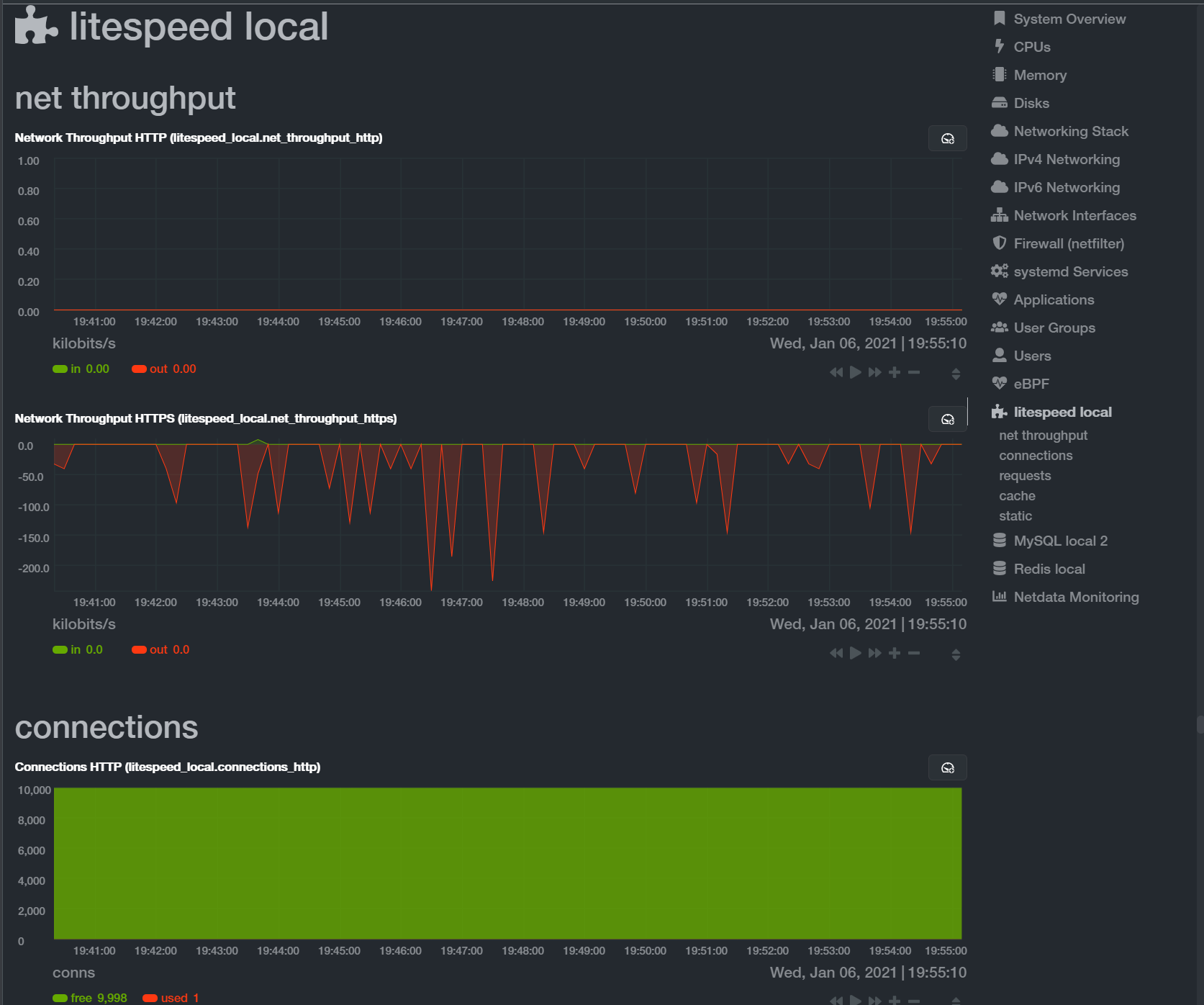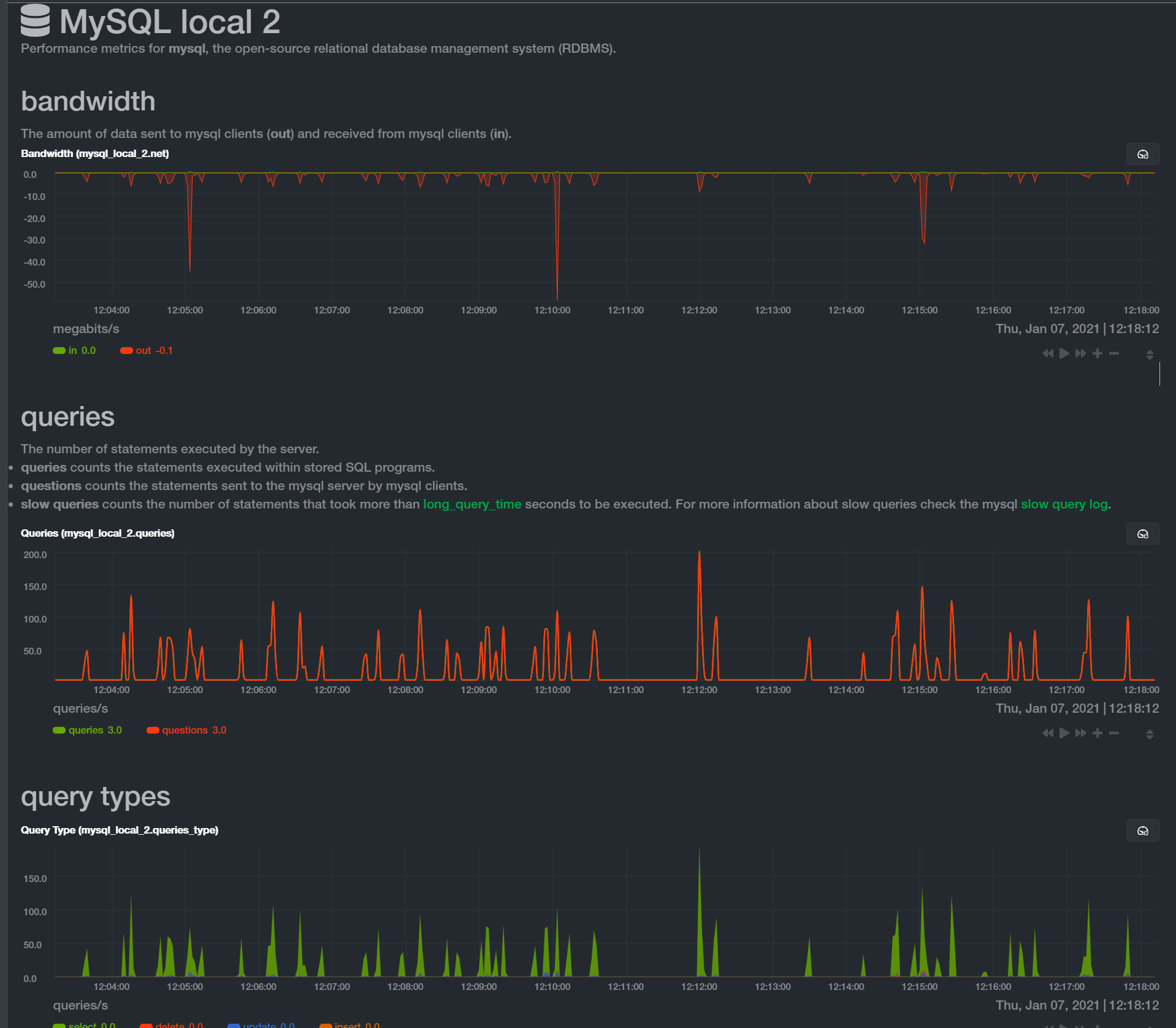Lenovo Thinkcentre M75q Tiny vs GMKTec K8 Plus
Introduction I found myself defending Lenovo ThinkCentre against some of the mini-pcs that are going for absolutely insanely low prices on Ali-Express and sometimes on Amazon. So I thought I would provide my take on the situation, granted it will be biased towards Lenovo. This is a Draft I’m starting this as a draft and … Read more

